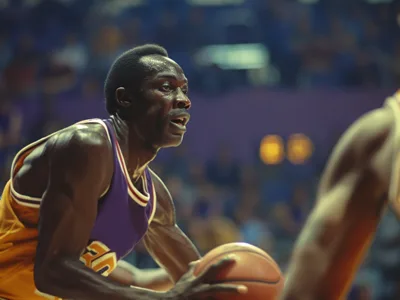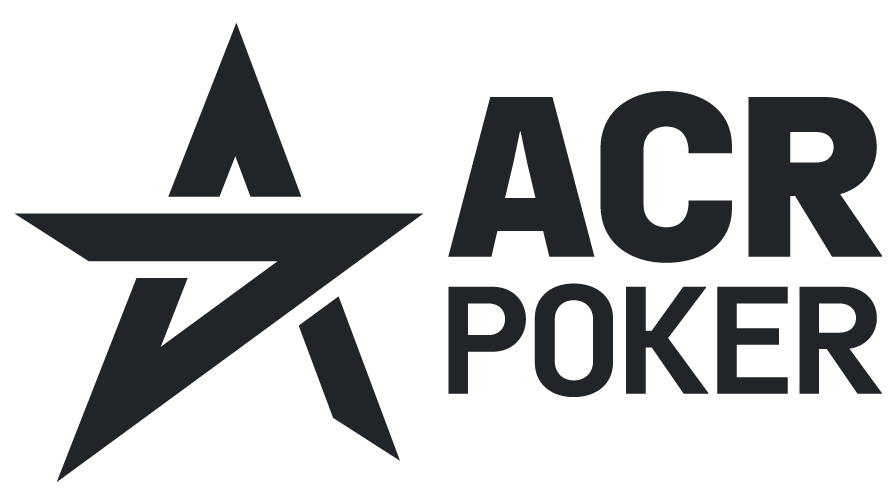Public betting is one factor that can help bettors analyze the lines before placing their bets
Public betting percentages are often discussed among NBA spread bettors as a way to gauge where the majority of money or bets are being placed. While they don’t guarantee results, understanding how this information fits into your decision-making process can offer a helpful edge—especially for those looking to find value by going against the crowd.
These percentages usually show the proportion of bets placed on one side of the spread compared to the other. For example, if 75% of the public is backing Los Angeles to cover a -6.5 spread against Chicago, that tells you most recreational bettors are confident in that team. But this doesn’t always mean it’s the smartest bet.
In fact, many experienced bettors look at these numbers with caution. When a large percentage of the public is leaning one way, sportsbooks may adjust the line to balance their liability. That shift can sometimes inflate a team’s spread beyond what it should be, creating opportunities for sharp bettors to back the other side with a bit more cushion.
Betting against the public—often called “fading the public”—can be a long-term strategy, particularly in heavily bet games where the public has a major influence on the market. The idea is simple: if too many people are on one side and the line starts to shift away from it, the less popular side might offer better value.
Still, public betting data shouldn’t be used alone. It’s one tool among many. It works best when paired with solid analysis of team performance, injury updates, scheduling factors, and recent form.
For example, if a team is heavily favored by the public but is missing a key player or playing on back-to-back nights, that may strengthen the case for going the other way.
Public perception shapes the market in NBA spread betting, and reading it correctly can help identify hidden value.


